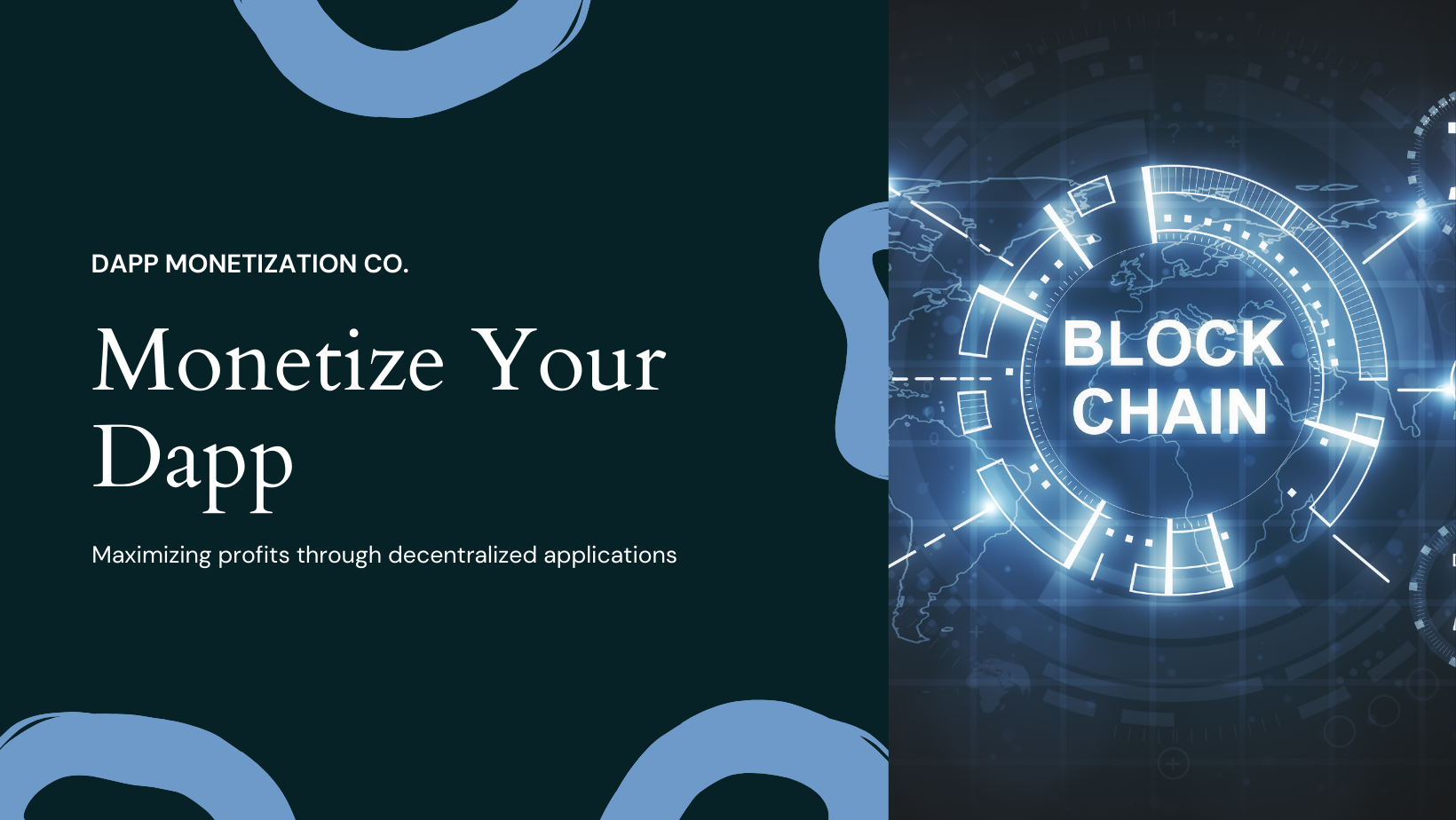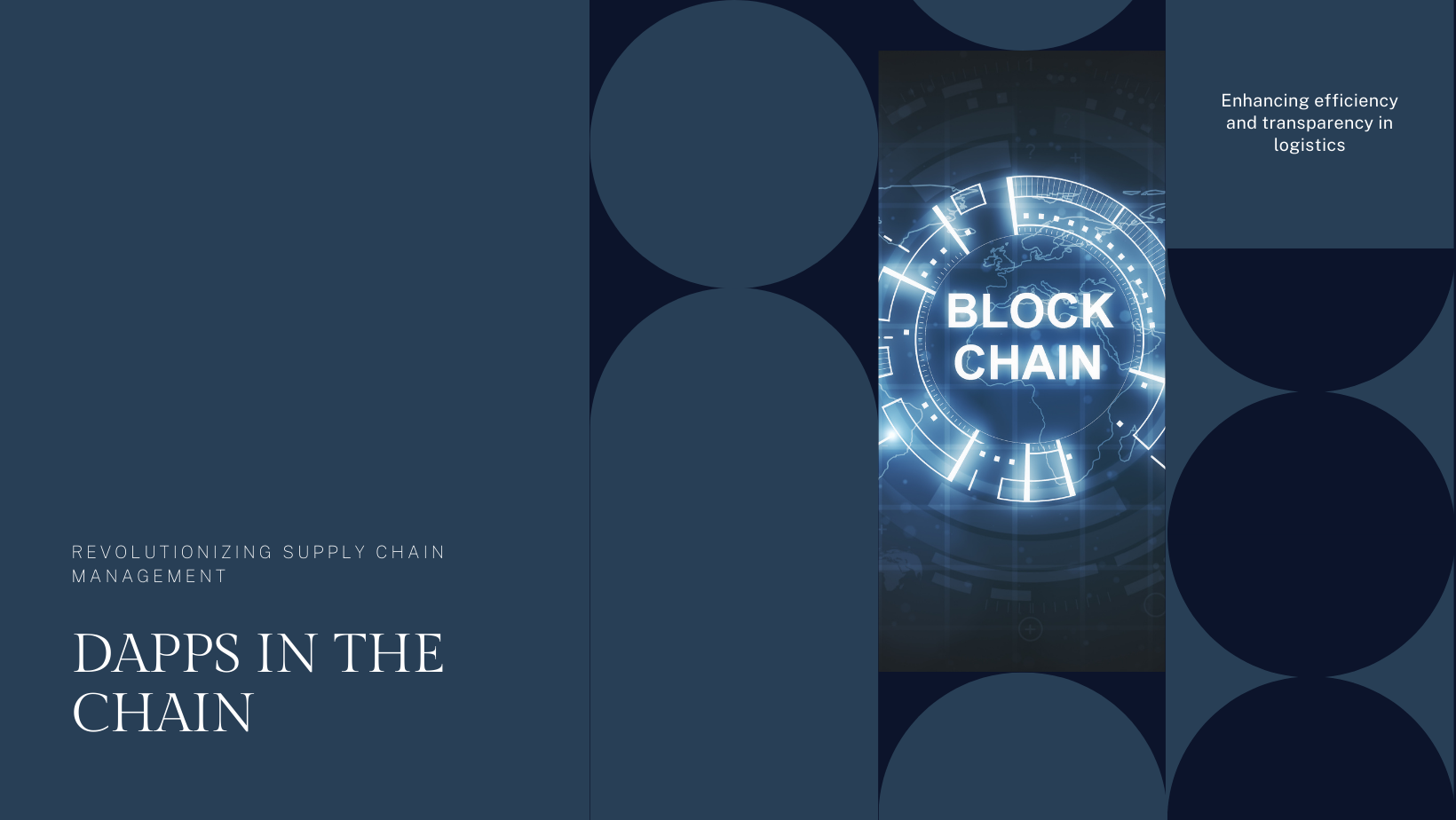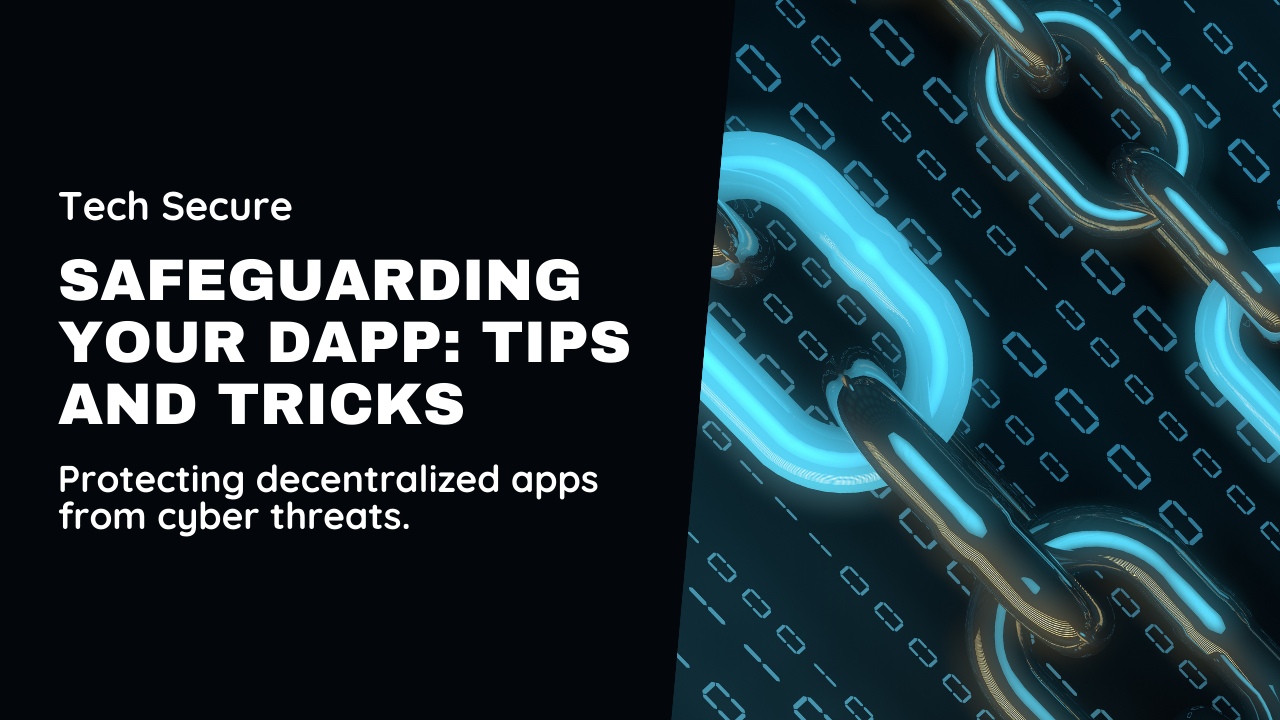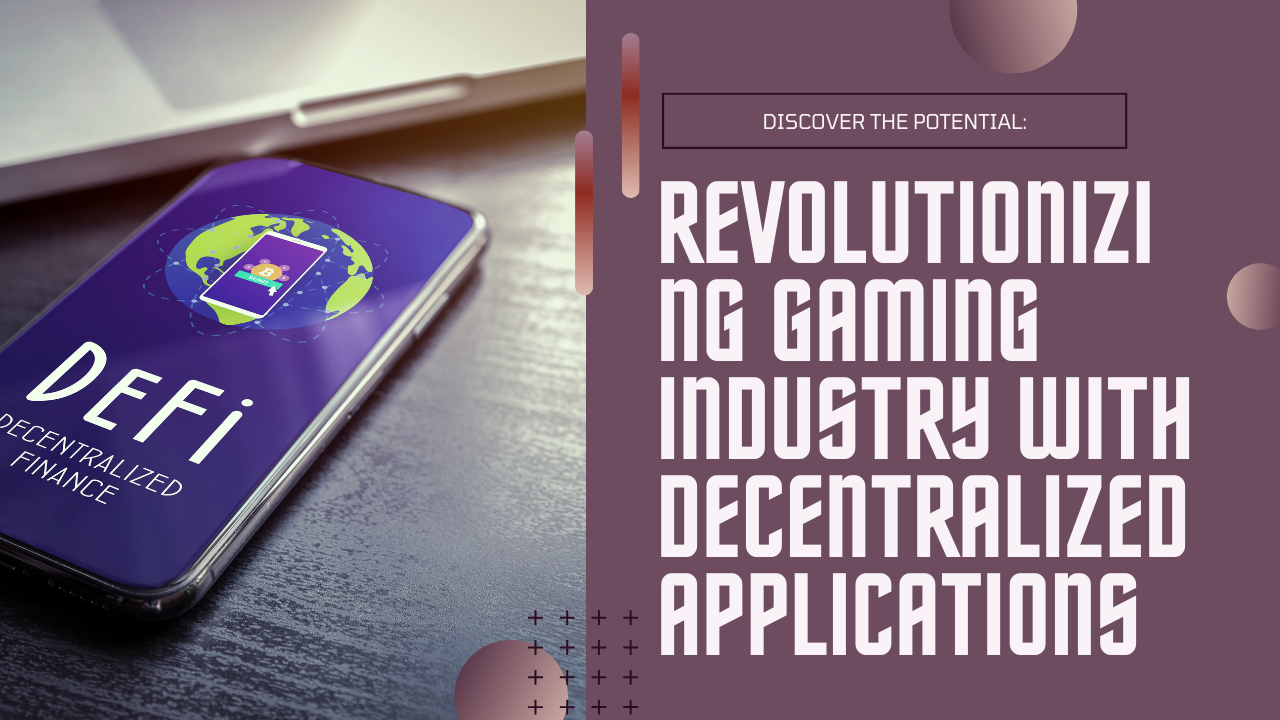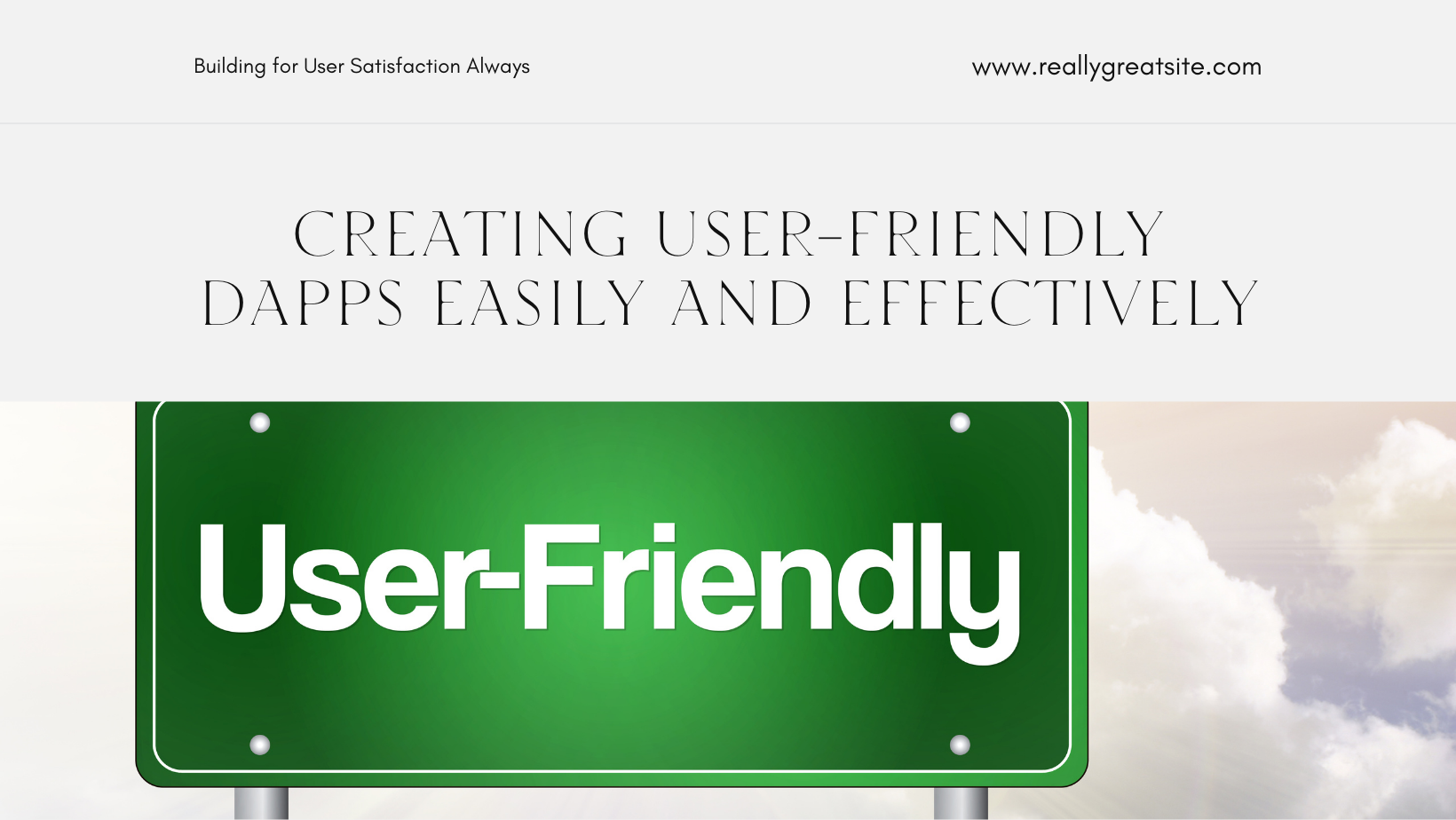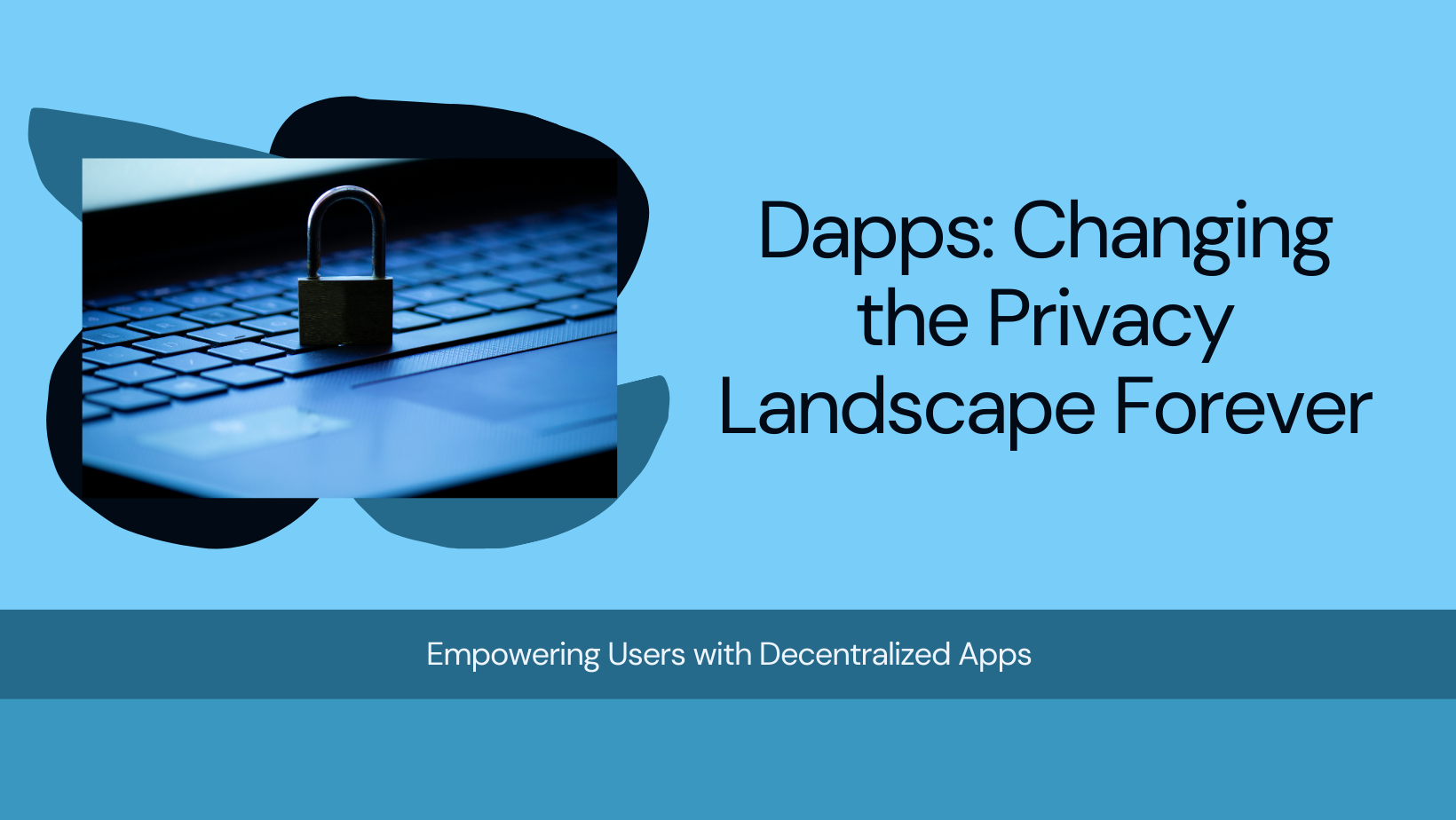Monetizing decentralized applications (Dapps) involves leveraging innovative strategies that capitalize on the unique capabilities of blockchain technology. Sodio Technologies specializes in developing Dapps that not only provide value to users but also offer sustainable revenue streams for businesses and developers. In this blog, we explore effective monetization strategies, business models, challenges, and best practices to help you maximize the profitability of your Dapp.
Understanding Monetization in Dapp Development
Monetization refers to the process of generating revenue from a Dapp through various mechanisms, including transaction fees, subscriptions, digital asset sales, and advertising. Key considerations for successful Dapp monetization include:
- Value Proposition: Clearly define the value your Dapp offers to users and stakeholders.
- User Engagement: Foster active user engagement and retention to drive revenue.
- Scalability: Design monetization strategies that scale with the growth of your Dapp’s user base.
Benefits of Monetizing Your Dapp
- Revenue Generation: Create sustainable income streams through transaction fees, premium features, or in-app purchases.
- User Incentives: Encourage user adoption and engagement by offering incentives such as rewards and loyalty programs.
- Business Sustainability: Ensure the long-term viability of your Dapp by diversifying revenue sources and adapting to market trends.
Effective Strategies for Monetizing Your Dapp
1. Transaction Fees and Micropayments
Charge users small fees for transactions, exchanges, or other interactions within your Dapp:
- Gas Fees: Implement Ethereum’s gas fee model for executing smart contracts and transactions.
- Micropayments: Enable seamless micropayments using blockchain-based payment channels to reduce transaction costs.
2. Subscription Models
Offer subscription-based access to premium features, content, or enhanced functionality within your Dapp:
- Tiered Subscriptions: Provide different subscription tiers with varying levels of access and benefits.
- Membership Programs: Create exclusive membership programs with perks such as early access to updates and special events.
3. Digital Asset Sales and NFTs
Leverage non-fungible tokens (NFTs) and digital asset sales to monetize unique in-app items, collectibles, or virtual real estate:
- Tokenized Assets: Issue NFTs representing digital collectibles, art, or limited-edition items within your Dapp.
- Virtual Real Estate: Enable users to buy, sell, and trade virtual land or property using blockchain-based ownership records.
4. Advertising and Sponsorships
Integrate targeted advertising or sponsorships into your Dapp to generate revenue from third-party advertisers:
- Ad Placement: Display ads within your Dapp’s interface or integrate sponsored content that aligns with your audience’s interests.
- Partnerships: Collaborate with brands or sponsors for sponsored events, campaigns, or product placements within your Dapp.
5. Freemium and In-App Purchases
Adopt a freemium model by offering basic features for free while charging for premium upgrades or additional content:
- Feature Unlocking: Allow users to unlock advanced features, tools, or content through one-time purchases or in-app upgrades.
- Virtual Currency: Introduce an in-app currency or tokens that users can purchase to unlock special items or accelerate progress.
Challenges in Monetizing Dapps
1. User Acquisition and Retention
Attracting and retaining a loyal user base is crucial for monetizing your Dapp effectively:
- User Onboarding: Streamline the user onboarding process and provide intuitive tutorials to reduce barriers to entry.
- Engagement Strategies: Implement gamification, rewards, and social features to keep users engaged and returning to your Dapp.
2. Market Competition and Differentiation
Differentiating your Dapp from competitors and offering unique value propositions can be challenging:
- Market Research: Conduct thorough market research to identify gaps, user needs, and competitive advantages.
- Innovation and Updates: Continuously innovate, iterate, and update your Dapp based on user feedback and market trends.
3. Regulatory Compliance
Navigating regulatory frameworks, especially concerning financial transactions and data privacy, requires careful consideration:
- Legal Advice: Seek legal counsel to ensure compliance with relevant laws, regulations, and licensing requirements.
- Data Protection: Implement robust data protection measures and transparency practices to safeguard user privacy and trust.
Best Practices for Successful Dapp Monetization
1. Value-Based Pricing
Align pricing strategies with the perceived value of your Dapp’s features, benefits, and user experience:
- Value Proposition: Clearly communicate the unique benefits and value your Dapp offers to justify pricing decisions.
2. Community Engagement and Feedback
Build a strong community around your Dapp and actively solicit user feedback to enhance user satisfaction and loyalty:
- Feedback Loops: Encourage open communication channels for users to provide suggestions, report issues, and share their experiences.
- Community Events: Organize virtual meetups, AMA (Ask Me Anything) sessions, or reward programs to engage users and foster a sense of belonging.
3. Iterative Optimization
Continuously optimize your monetization strategies based on analytics, user behavior data, and market trends:
- A/B Testing: Experiment with different pricing models, promotions, and monetization features to identify what resonates best with your audience.
- Performance Monitoring: Monitor key performance indicators (KPIs) such as conversion rates, retention rates, and average revenue per user (ARPU) to gauge the effectiveness of your monetization efforts.
Future Trends in Dapp Monetization
1. Decentralized Finance (DeFi) Integration
Explore opportunities to integrate DeFi protocols and decentralized finance solutions for lending, borrowing, and yield generation within your Dapp.
2. Blockchain Interoperability
Develop interoperable Dapps that can seamlessly interact with multiple blockchain networks and ecosystems to expand user reach and engagement.
3. Tokenomics and Governance
Implement tokenomics models and decentralized governance structures (e.g., DAOs) to empower community participation and decision-making in your Dapp’s development and monetization strategies.
Conclusion
Monetizing your Dapp requires strategic planning, innovative thinking, and a deep understanding of blockchain technology and user dynamics. By leveraging effective monetization strategies, embracing user-centric approaches, and staying abreast of market trends, you can create a sustainable revenue stream while delivering value-driven experiences to your users. Sodio Technologies is committed to empowering businesses and developers to unlock the full potential of Dapps through innovative monetization strategies and blockchain solutions.
Embrace the journey of monetizing your Dapp, explore new revenue opportunities, and shape the future of decentralized applications in the evolving digital landscape.
